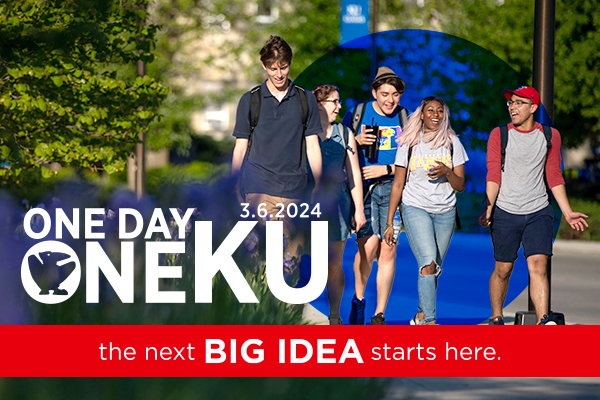KU Giving Magazine
$4 million gift advances KUMC’s Spinal Cord Injuries Repair Program
June 16, 2011

Each year, an estimated 15,000 Americans are diagnosed with spinal cord injuries. Of these, about 10,000 will be permanently paralyzed. Until recently, these individuals had little, if any, hope of recovery. But current research gives them hope.
An anonymous $4 million gift to KU Endowment will fund spinal cord research through the University of Kansas Medical Center’s Institute for Neurological Disorders, which fosters neurological research developing discoveries into cures.

The gift will support teams of researchers led by Dr. Peter Smith, director for the Institute for Neurological Disorders and director of the Spinal Cord Injuries Repair Program, and Dr. Randolph Nudo, director of the Landon Center on Aging.
Smith’s team of investigators will conduct research aimed at converting cells taken from a patient’s skin into cells that look and act like stem cells, from which neurons can be generated.
“This gift provides a remarkable opportunity,” said Smith. “Not only are we advancing science that may lead to recovery from spinal cord injuries, but also this gift is an investment in KU Medical Center’s great scientists and dedicated personnel in basic and clinical neuroscience research. “

The team will use drug development facilities on KU’s Lawrence campus to design drugs that encourage specific properties to appear in stem cells.
“We will be guiding the stem cells to become certain kinds of neurons at the right stage of maturation that can be introduced into the site of the injury,” said Smith. “There is a lot of evidence that suggests this will work, at least in test animals. The trick is — it needs to work in people.”
Nudo’s team will utilize microelectronics to develop a brain-computer interface bridge that can be installed above the injury and employ electrical stimulation to activate healthy neurons below the injury.
“After spinal cord injury, areas of the brain that formerly controlled movement of the limbs are still intact, but are disconnected from the spinal cord,” said Nudo. “We plan to harness the incredible processing power of modern microelectronics to decode thoughts into action.”
Smith said the long-range plan is to combine the stem cells with the electrical stimulation paradigm.
“We’ll put the cells in and then will use electrical impulses to train them,” he said. “We’re in a good position to do that.”
The fund is managed by KU Endowment, the independent, nonprofit organization serving as the official fundraising and fund-management organization for KU. Founded in 1891, KU Endowment was the first foundation of its kind at a U.S. public university.
Posted on
June 16, 2011
Share this article
Connect with Us




